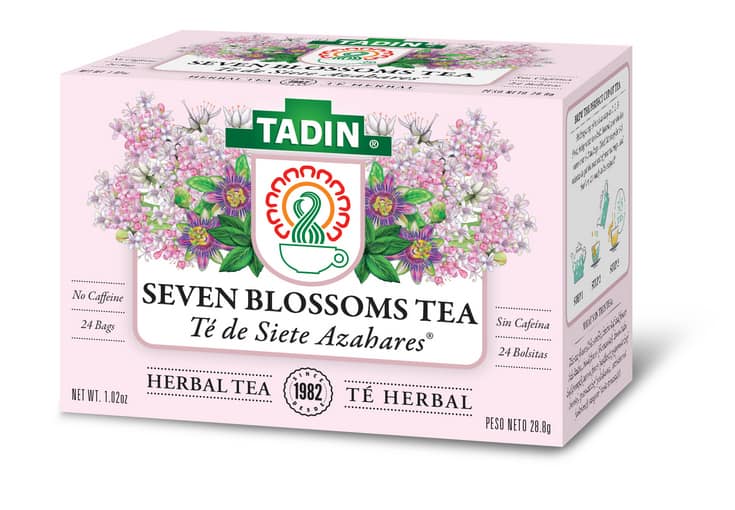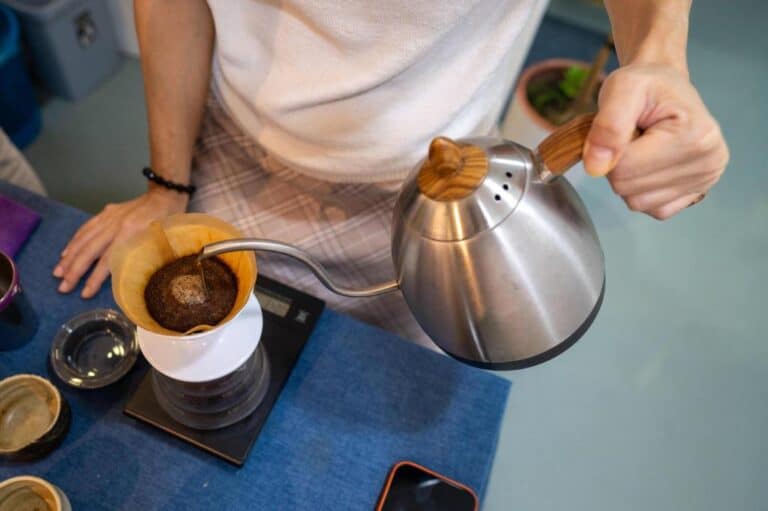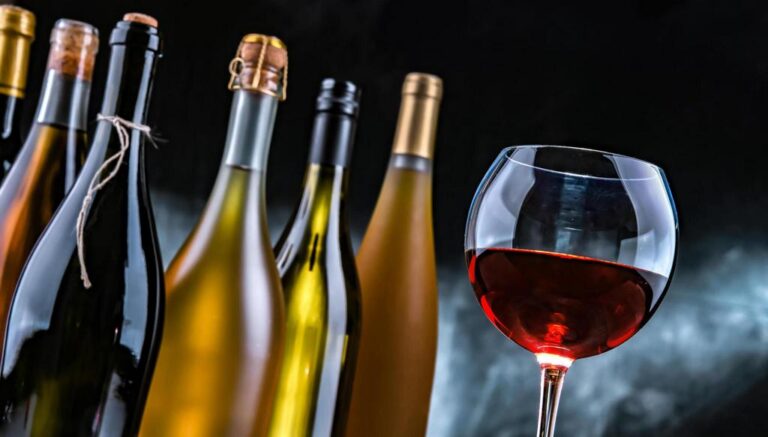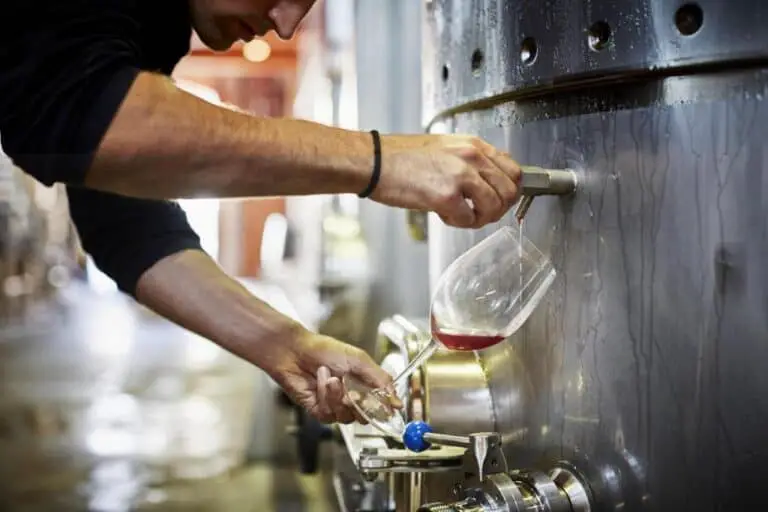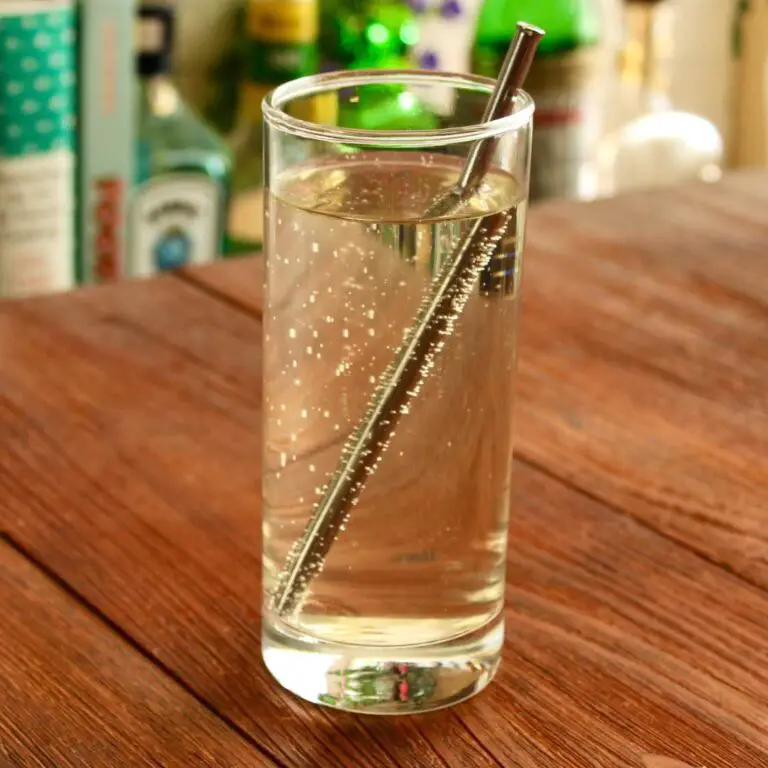8 Creative Ways to Boil Water for Tea Without a Kettle

Do you often find yourself craving a comforting cup of tea but realize your kettle is nowhere in sight? Fear not, as we delve into the fascinating world of boiling water for tea without a kettle. The ritual of boiling water is crucial for extracting the delicate flavors and aromas that make each cup of tea unique.
Imagine enjoying a hot cup of chamomile or oolong brewed from fresh, boiling water without a kettle. It sounds intriguing, doesn’t it? You can use common kitchen appliances or solar power, even a campfire. The options are limitless.
These innovative approaches can spice up your tea routine. They may change how you enjoy tea.
Join us on this journey as we uncover creative ways to boil water for tea that go beyond the conventional kettle experience. Embark on an adventure exploring seven unconventional methods. These are sure to intrigue tea lovers, DIY enthusiasts, campers, and curious college students.
1. Using Microwave
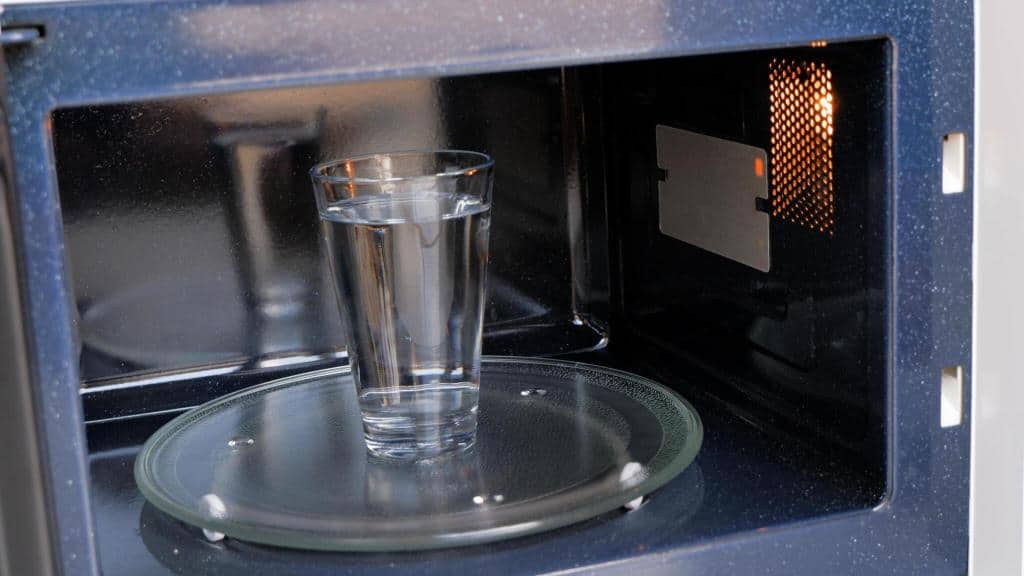
Boiling water for tea in a microwave is not just quick but also surprisingly simple. To start, all you need is a microwave-safe container filled with water – no fancy equipment required. Simply place the container in the microwave and heat it on high for about 2-3 minutes until it reaches a rolling boil. Using this method, you can have hot water for your tea in no time.
For making tea, it is important to make sure that the water you boil in the microwave is of good quality. Using filtered or bottled water can make your tea taste better because it gets rid of any chemicals or impurities that are in tap water. Also, be careful not to get burned when handling the hot container; oven mitts or kitchen towels are good ideas.
When you use a microwave to boil water, safety is very important. Use microwave-safe containers. Place a wooden stir stick or teabag inside to prevent overheating. This keeps the food from boiling quickly after taking it out of the microwave, which lowers the risk of burns or spills. You also don’t want your microwave to collect water and keep moisture inside.
2. Boiling Water Using a Coffee Maker
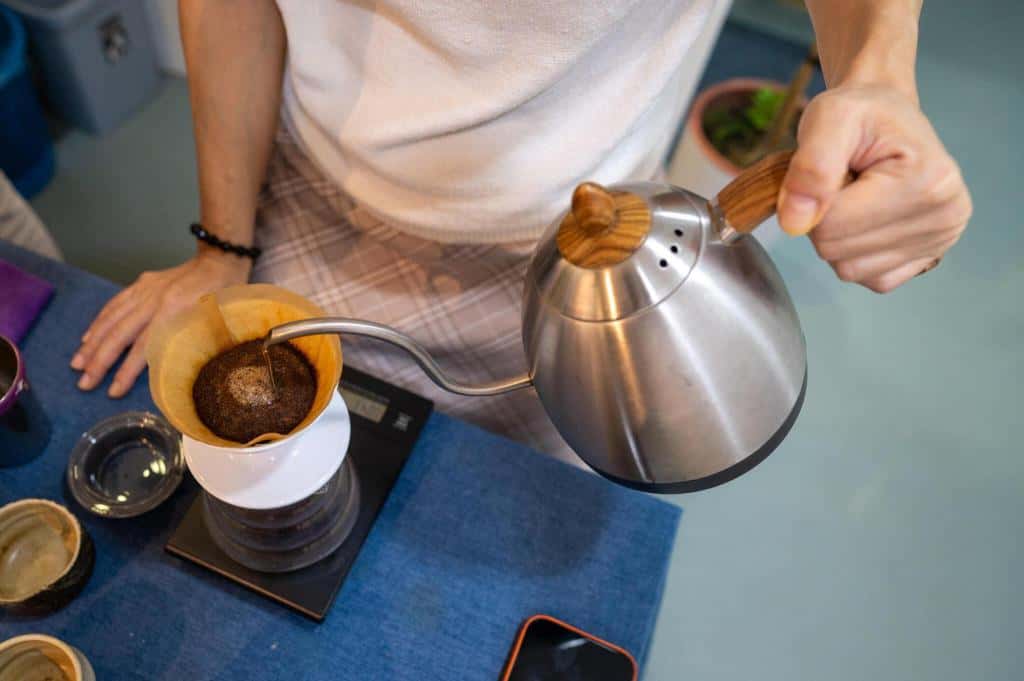
For those seeking an unconventional yet effective way to boil water for their favorite cup of tea, consider utilizing that trusty coffee maker sitting on your countertop. Simply add water to the reservoir as you would for coffee, and let the machine do its magic in heating up the water efficiently.
This method quickly boils water. You can customize the amount for a single cup or a pot to share.
After using your coffee maker for tea, clean it to prevent coffee residue from affecting the flavor. Running a cycle with just water after boiling water can help flush out any lingering coffee flavors.
Wipe down the exterior and parts where water passes to maintain hygiene. This prevents cross-contamination between coffee and tea tastes.
One significant advantage of using a coffee maker to boil water is its convenience. Repurpose appliances to save time and declutter your kitchen.
Some advanced models have precise temperature control for brewing different types of teas, like green or herbal teas. Embracing this creative approach simplifies your tea-making routine. It adds versatility to your daily beverage rituals.
3. Boiling Water Using an Electric Iron
Using an electric iron to boil water might sound unconventional, but in a pinch, it can be a handy trick. Here’s how you can do it: First, make sure your iron is clean and free of any residue. Fill the water tank with the amount of water you need for your tea. Set your iron to its highest setting without steam function and lay it flat on a heat-resistant surface like a ceramic tile or metal tray.
Remember, safety first! Keep the iron away from anything flammable, and never leave it unattended while boiling water. Start your iron to produce steam. Place a cup over the steam holes to collect the condensed water vapor. It may take a bit longer than traditional methods, but soon enough, you’ll have boiled water ready for steeping your tea leaves.
While using an electric iron for boiling water is creative and resourceful, there are some drawbacks too. The process can be slow and might not be suitable if you need large quantities of boiling water quickly. Also, if the right safety measures are not taken, there is always a chance of getting burned or hurt by accident.
| Also see: Can You Cook or Heat Canned Food in the Can or Container? |
4. Using Solar Power to Boil Water
Harnessing solar power to boil water for tea is not only innovative but also eco-friendly. This method uses the sun’s energy to naturally heat water, so you can enjoy your favorite drink without harming the environment. To make a solar-powered tea brewing system work, you need a solar cooker or oven and a pot that can boil water. Sunlight is essential.
The steps for boiling water with solar power are pretty easy to understand. To use the solar cooker, just put your pot of water in it and place it so that it gets direct sunlight. Over time, the sun’s rays will slowly heat the water until it boils, which is then ready for the tea leaves to be added. This way of making tea not only saves energy and lowers your carbon footprint, but it also gives you a chance to be creative.
One big environmental benefit of boiling water with solar energy is that it can be used over and over again. Utilizing sunlight instead of conventional fuels like gasoline or electricity will help make the world greener. Solar power eliminates the need for fossil fuels. This reduces greenhouse gas emissions and promotes sustainability.
5. Boiling Water Over a Campfire

For campers or outdoor enthusiasts, boiling water over a campfire can be a nostalgic and practical way to prepare tea. To start, ensure you have a heat-resistant pot or container that can withstand direct fire. Position it securely above the flames using a sturdy grill or makeshift stand. Remember to exercise caution when dealing with an open flame and hot liquids in an outdoor setting.
Safety measures are crucial when boiling water over a campfire. Always supervise the process closely to prevent accidents. Use long tongs or heat-resistant gloves to handle the pot safely. Clear the area around your campfire of flammable materials. Keep a fire extinguisher or water bucket nearby.
Boiling water over a campfire is practical and adds a smoky flavor to your tea. This enhances its profile with earthy undertones. This traditional approach taps into primal cooking techniques, connecting you with nature in a unique way.
6. Making Tea with Hot Spring Water
Utilizing natural hot spring waters to brew tea adds a unique twist to the traditional tea-making process. Making tea with hot spring water infuses distinct mineral notes. It also connects the drinker to nature. Imagine sitting by a hot spring, watching steam rise as your tea steeps in the warm, mineral-rich water, creating an experience that goes beyond just a beverage.
However, when considering using hot spring water for making tea, it is crucial to pay attention to the quality and safety standards of the water source. Some hot springs are unsuitable for cooking due to their high sulfur levels. These minerals could alter tea flavor or pose health risks. Researching and ensuring that the hot spring water is safe for consumption is key before brewing your favorite blend.
Steeping tea in mineral-rich hot springs creates a delicious cup. It holds cultural significance in regions where hot springs are revered for healing properties. People long believed these waters have health benefits from their mineral content. This adds allure to brewing tea. Mineral-rich hot springs’ therapeutic qualities can enhance overall well-being. Relaxation increases when enjoying tea infused with these elements.
7. Quick Boiling Water for Tea on a Stove
Well, it is really simple. Just choose a pan that comes with a lid. Add water and turn it on. Now the question is: what should be the temperature and for how long should you maintain this boil. This all depends on what this water is going to do for you—whether you want to add it to a dish or just cool it down for drinking purposes.
The key to maintaining a boil is to use plenty of water. This way, more time will be needed to heat the water and it will ensure maximum heat provision evenly. If the water is too low, it will boil in less time, and the boil will not be maintained; it will heat quickly, and it will dissipate heat quickly. Similarly, if you do not maintain the boil long enough, the water will not be free from all life forms.
Electric stove
Boiling with an electric stove is easy, because you can set the temperature and maintain it there. In this way, the temperature will not keep increasing like it does with a gas stove. You can also preheat the stove. While a gas stove is definitely better, electric stoves are more energy efficient.
Gas stove
Using a gas stove can be tricky since it heats the container, raising the temperature significantly. Your food might boil over. To avoid this, you can use a food thermometer and maintain the flame when the temperature is around 212 °F, which is the boiling point of water.
| Related: Can You Safely Put a Ceramic Teapot on the Stove? |
8. Use Pots Reasonably to Boil Water
Boiling involves cooking in water, therefore, you need to know when to use which pot. This actually saves you a lot of time because if you just need a cup of water and start boiling a litre, it will just waste your time and resources.
When boiling, make sure that your pots can be covered – avoid using pans. Using deeper pots that evenly distribute the heat.
Covering the pot traps the heat inside, and you achieve your boil quicker than if the pan is left uncovered. Covering will also ensure that no contaminants enter your food, thereby giving you pure, boiled water.
Precautions when Boiling Water for Tea without a Kettle
Well, there are certain precautions that you need to take when boiling water in a microwave.
The first and foremost is the container you are using to boil the water. This is an important step because the container you use has to be microwave safe. You also don’t want to experience melted plastic on a stove burner when boiling water.
When you have chosen a suitable container that can stand the heat, the next thing you need to do is make sure you have some insulating cloth or oven gloves. This is because you might need to take out the water with the container and give it a good stir before you put it back in. This will ensure even heating.
Steam vapours can cause severe burns to the skin. Be careful not to put uncovered hands in the microwave. Even if the cup has a handle, it is safer to take it out.
You won’t have enough time to reach, and you will just drop the cup, creating a mess. Moreover, water is a good conductor of electricity, and it should always be avoided near any electrical appliance. It can be life-threatening!
Last, always read the microwave instruction manual for any precautions that you need to take while handling the food. This will also help you calculate the time required for boiling because microwaves with higher power will take less time to boil the water.
Conclusion
In a world where tradition meets creativity, the art of boiling water for tea has evolved beyond the classic kettle. Unconventional techniques provide practical solutions and encourage tea lovers to discover new aspects of their favorite drink. From using your microwave to embracing nature’s elements while camping, each method brings a unique flair to the tea-making experience.
By delving into these inventive ways to boil water for tea, you open up a realm of possibilities that blend convenience with adventure. These creative methods cater to all tastes. You can spice up your routine or impress friends with DIY skills. Enjoy a cup of tea outdoors too. So why not step outside your comfort zone, try something new, and savor every sip knowing you’ve brewed your tea in the most innovative way possible?

